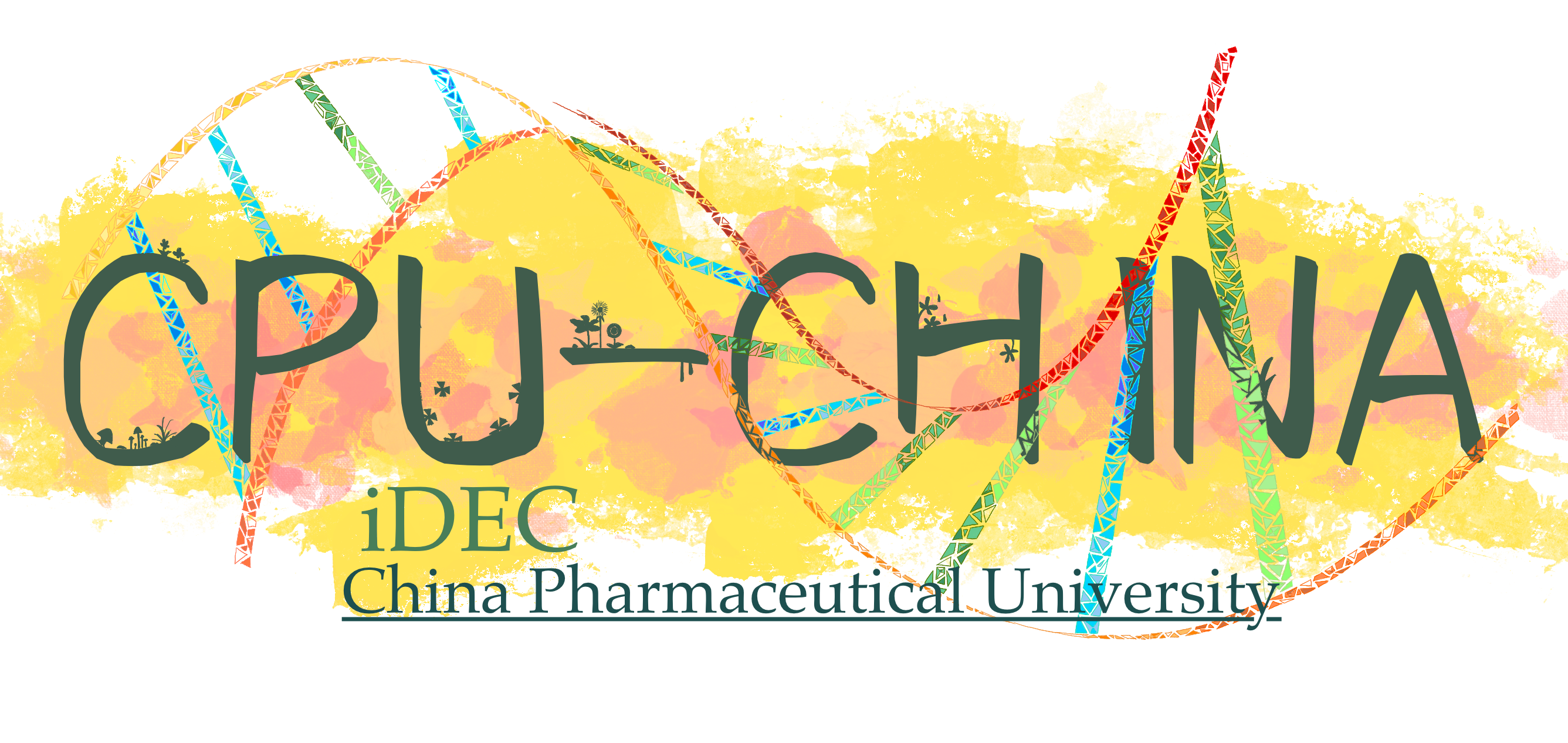

Our team is now established, and we have members responsible for various roles, including wet lab, dry lab, wiki design, and human practices. Each member is dedicated to their respective tasks, and we have also added two students to our team to facilitate their learning and development as core team members for the next year. Additionally, we have two former team leaders serving as advisors, two graduate students as mentors, and two principal investigators as super advisors.
We have designed our team emblem, which represents our team and gives us our unique identity. Currently, we are providing research training to our team members to enhance their scientific skills and knowledge.
We have visited no fewer than fifty companies, and in the end, three companies have expressed their willingness to provide direct or indirect financial support for our project. These companies are Beijing Super Cloud Computational Center, Holmes, and New Channel.
After collaborating with Holmes, the company established a dedicated team to construct the wildtype plasmid required for our project. Finally, we received their plasmid at the end of April.
Based on the plasmid provided by them, we conducted cell experiments and successfully amplified the target plasmid's expression. Subsequently, we also established the conditions necessary for protein purification and expression. With this progress, our biological experimentation phase is officially underway.
We conducted various tests on our AI model for predicting Kcat, including traditional and classical methods such as Bayesian, SVM, as well as some simple CNNs. At this stage, our ideas are still not very mature, and there is relatively limited research work in this area. However, we would like to be pioneers in this field.
The catalytic mechanism of NCS enzymes is uncertain, and to fill this research gap, we utilized a cluster model. This technique, assisted by quantum chemical simulations, enabled us to calculate the energy barriers for the entire NCS catalysis process. This endeavor was unprecedentedly time-consuming, taking almost half a year to complete. However, the achievements it yielded are truly remarkable.
Inspired by the research paper "A Successor to Transformer for Large Language Models" published by Microsoft Research Asia on August 17th, we found a ray of hope amidst the fog of AI. We immediately decided to adopt the Rententive Network as our model framework to test whether this novel model can indeed surpass traditional Transformers, as suggested in the paper. Fortunately, we succeeded!
Our catalytic reaction has also yielded promising results. Although the efficiency of the catalysis is currently low, we believe that in the near future, with improvements to our experimental conditions, we will achieve even better results. As you can see, we began preparing our paper and wiki in September.